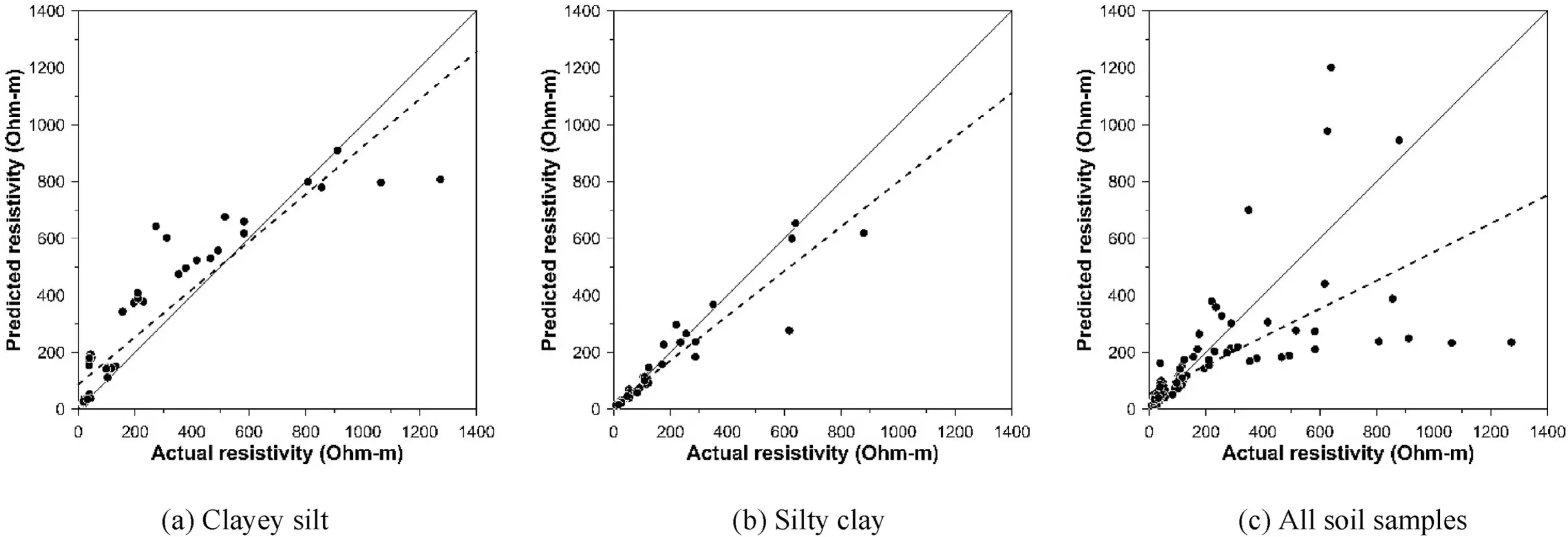Power grounding systems play a crucial role in maintaining the safety and reliability of critical electrical subsystem infrastructure, such as substations. By providing a low-resistance path for electrical fault currents to flow into the earth, these systems prevent electrical shocks, fires, and damage to vital equipment. Therefore, it is imperative to have proper power grounding systems in place to ensure optimal performance and safety.
One of the key factors in designing effective power grounding systems is the investigation of soil resistivity. Selecting sites with the lowest soil electrical resistivity is essential for cost-effective and efficient grounding systems for electrical substations. Accuracy in determining soil resistivity is crucial as inaccurate values can lead to faulty grounding systems. The Electricity Generating Authority of Thailand has set criteria for soil resistivity, highlighting the need for robust soil resistivity assessment methods.
Numerous studies have examined the relationship between soil resistivity and various geotechnical properties, including water content, unit weight of soil, salt content, clay content, and particle sizes. However, there is still a need for a comprehensive predictive model that integrates these relationships. Professor Shinya Inazumi and his research team conducted a study to investigate the behavior and relationships between soil resistivity and geotechnical parameters, leading to the development of a predictive model based on their findings.
The study conducted by Professor Inazumi and his team involved measuring 30 soil samples from different locations within a power grid substation in Thailand. They established a correlation of resistivity with water content, plasticity index, and dry density. The results showed a clear relationship between soil resistivity and water content, with resistivity increasing as water content decreased. While the correlation with plasticity index and dry density was less significant, the researchers used nonlinear multiple regression analysis to study the combined effects of water content and other soil parameters.
The research team’s predictive model based on the correlation between soil resistivity, water content, plasticity index, and dry density provides a reliable method for predicting soil resistivity. However, the model’s limitation lies in its ability to predict resistivity only for cohesive soils with fine particles due to the limited variety of soil samples used in the study. The team acknowledged this limitation and suggested that future research include a broader range of soil samples for a more comprehensive predictive model.
The study conducted by Professor Inazumi and his team breaks new ground in soil resistivity assessment, contributing to the cost-effective construction of ground systems for electrical substations. The development of predictive models not only improves the design of grounding systems but also has potential applications in environmental monitoring. By optimizing substation grounding designs, this research paves the way for safer and more reliable power supply, essential for stable economic growth.


Leave a Reply